Mining Machine–Wuj Jaw Crusher Parts
Product Description
WUJ jaw plates and cheek plates are manufactured from high-quality manganese in a specified and continuously monitored process at our own foundries and manufacturing facilities. We have complete control over quality at every step of the process, from the selection of raw materials to final production. WUJ JAW PLATE MADE OF HIGH QUALITY MANGANESE.
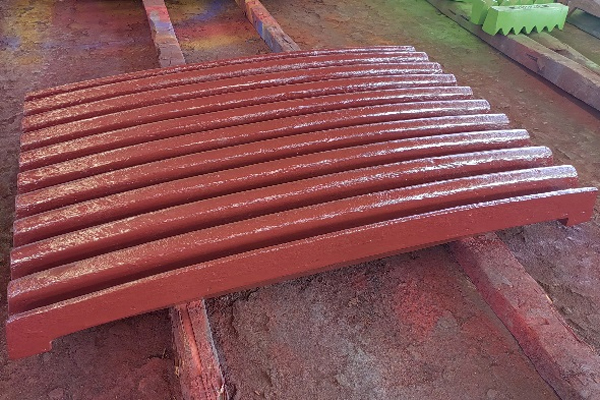
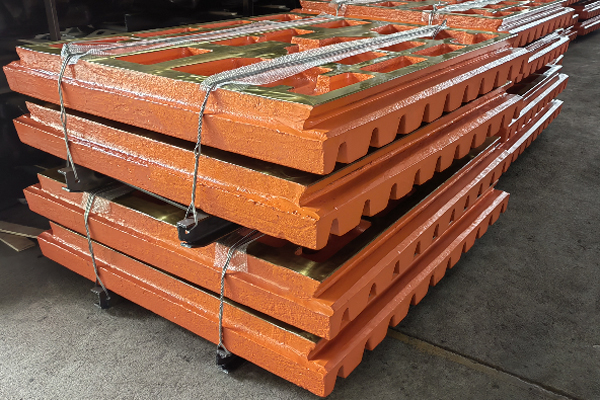
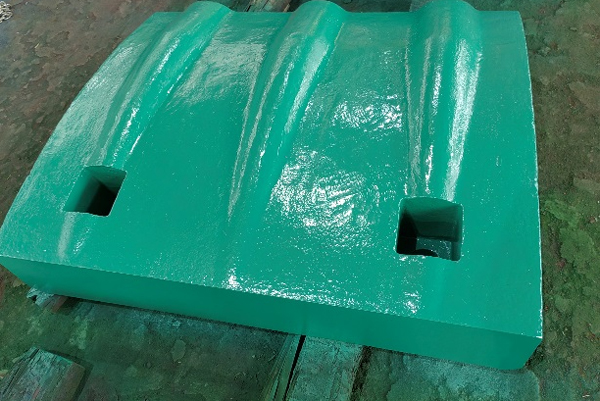
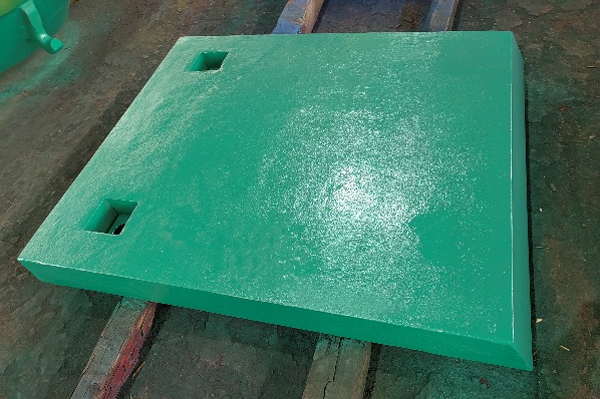
Jaw plate is divided into fixed jaw plate and movable jaw plate. It is the main part of jaw crusher. When the jaw crusher is running, the moving jaw attaches to the movable jaw plate to perform a double swing movement, forming an angle with the fixed jaw plate to squeeze the stone. Therefore, it is a relatively easy damaged accessory in the jaw crusher (referred to as: wearing part).
As a component with high jaw wear rate, the choice of jaw plate material is related to the cost and benefit of users.
WUJ can select materials for jaw plate, as shown in the following table:
| Material Type | Description |
| High manganese steel | High manganese steel is the traditional material of jaw plate of jaw crusher, which has good impact load resistance. However, due to the structure of the crusher, the angle between the moving and fixed jaw plates is too large, which is easy to cause abrasive sliding. The surface hardness of the jaw plate is low due to insufficient deformation hardening. The jaw plate is worn quickly due to short-range abrasive cutting.In order to improve the service life of the jaw plate, a variety of jaw plate materials have been developed, such as adding Cr, Mo, W, Ti, V, Nb and other elements to improve the high manganese steel, and carrying out dispersion strengthening treatment on the high manganese steel, so as to improve its initial hardness and yield strength. Good application effect has been achieved in production. |
| Medium manganese steel | Medium manganese steel was first invented by Climax Molybdenum Industry Company and officially listed in the US patent in 1963. The hardening mechanism is that the stability of austenite decreases after the manganese content decreases. When impacted or worn, the austenite is prone to deformation induced martensite transformation, which improves its wear resistance. Common composition (%) of medium manganese steel: 0.7-1.2C, 6-9Mn, 0.5-0.8Si, 1-2Cr and other trace elements V, Ti, Nb, rare earth, etc. The actual service life of medium manganese steel jaw plate can be increased by more than 20% compared with high manganese steel, and the cost is equivalent to that of high manganese steel. |
| High chromium cast iron | Although high chromium cast iron has high wear resistance, it has poor toughness, so using high chromium cast iron as jaw does not necessarily achieve good results. In recent years, high chromium cast iron is cast in or bonded to the jaw plate of high manganese steel to form a composite jaw plate with a relative wear resistance of more than 3 times, which significantly improves the service life of the jaw plate. This is also an effective way to improve the service life of the jaw plate, but its manufacturing process is complex, so it is difficult to manufacture |
| Medium carbon low alloy cast steel | Medium carbon low alloy cast steel is also a kind of wear-resistant material widely used. Due to its high hardness (≥ 45HRC) and proper toughness (≥ 15J/cm ²), It can resist the fatigue peeling caused by material cutting and repeated extrusion, thus showing good wear resistance. At the same time, the medium carbon low alloy cast steel can also change its hardness and toughness in a large range by adjusting its composition and heat treatment process to meet the requirements of different working conditions. The operation test shows that the service life of the jaw plate made of medium carbon low alloy steel is more than 3 times longer than that made of high manganese steel. |
The selection of jaw plate materials should ideally meet the requirements of high hardness and toughness, but the toughness and hardness of materials are often contradictory. Therefore, when selecting materials in practice, we must fully understand the working conditions and reasonably select materials.
The composition and hardness of materials are also factors that can not be ignored in reasonable material selection.
Generally speaking, the higher the material hardness is, the higher the hardness requirements are for the materials of easily worn parts. Therefore, under the condition of meeting the toughness requirements, the materials with high hardness should be selected as far as possible.
The wear mechanism of easily worn parts shall also be taken into account in reasonable material selection.
If cutting wear is the main factor, the hardness shall be considered first when selecting materials; If plastic deformation wear or fatigue wear is dominant, plasticity and toughness shall be considered first when selecting materials.
Of course, when selecting materials, we should also consider the rationality of their processes, which is easy to organize production and quality control.
Selection of Jaw Plates with Different Shapes
COARSE CORRUGATED (CC)
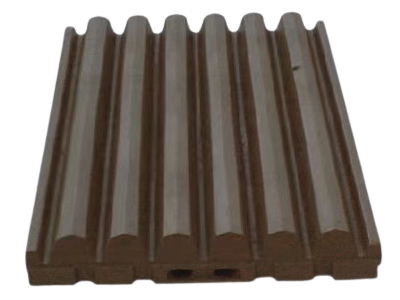
Suitable for abrasive material.
For feed with a lot of fines.
Used for large CSS settings.
Good top-size control.
CORRUGATED (C)
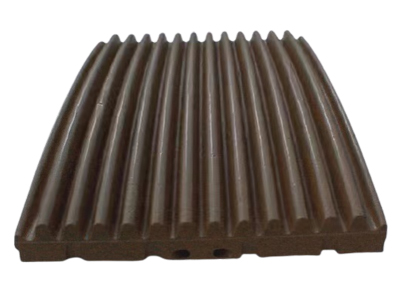
Suitable for less abrasive material.
Good for small CSS settings.
WIDE TEETH (WT)
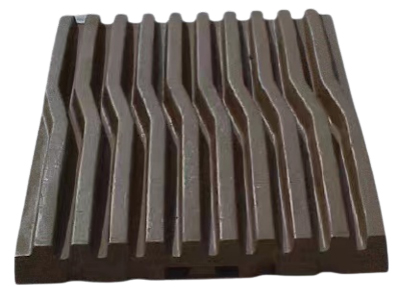
Suitable for feed with a lot of fines.
Can be used on both fixed and moving sides.
Good wear resistance.
HEAVY DUTY (HD)
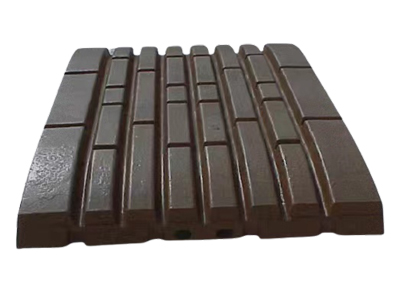
Suitable for very abrasive material.
Less top-size control.
Can be combined with a CC
moving plate.











